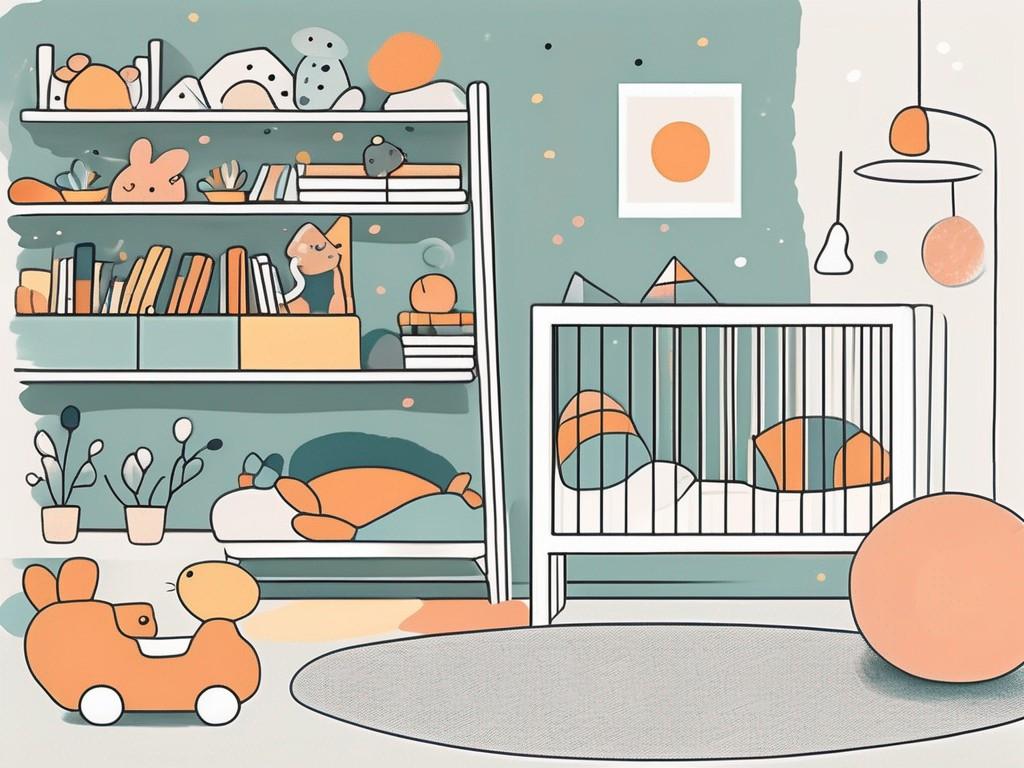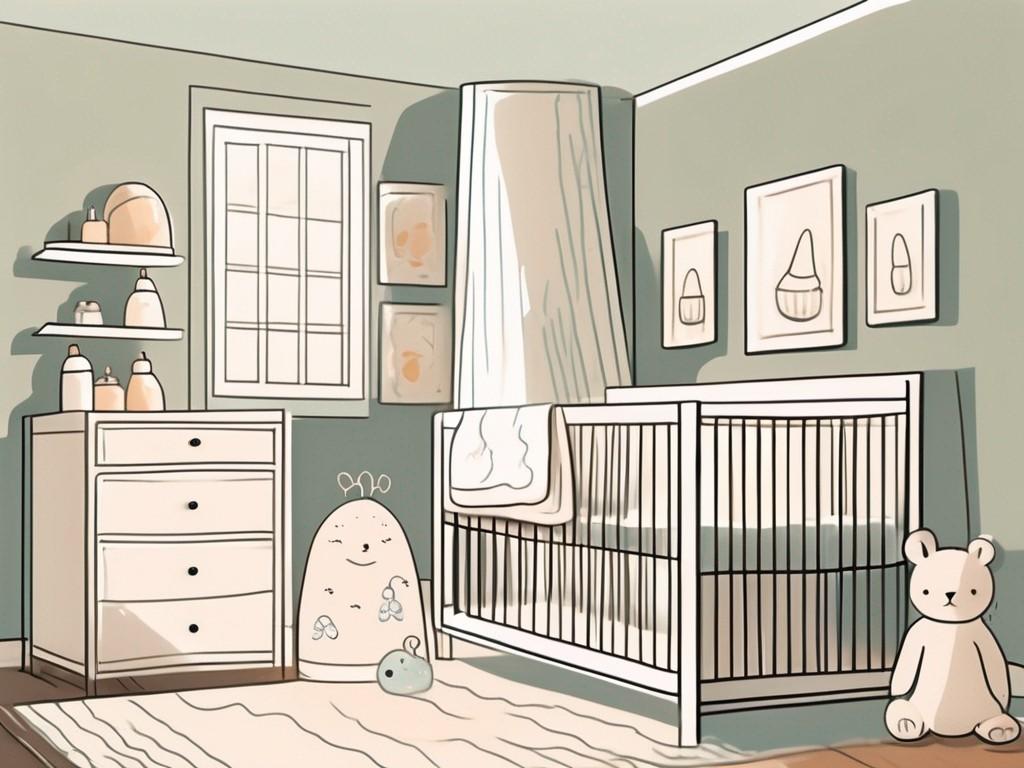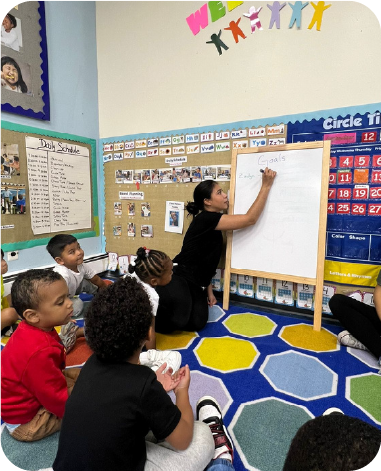Educating a baby is a rewarding journey, filled with opportunities to foster their development through various means. From sensory experiences to communication skills, each interaction plays a crucial role in shaping a child’s learning. In this article, we will explore several facets of baby education, covering the importance of sensory experiences, the right educational toys, communication techniques, and much more.
Understanding Baby’s Learning Process
Understanding the mechanisms behind a baby’s learning process is essential for caregivers and educators alike. Babies are not passive recipients of information; they are active learners who engage with the world around them. Their natural curiosity drives them to explore, touch, and manipulate their environment.
The Role of Sensory Experiences in Baby’s Learning
One of the most significant ways babies learn is through sensory experiences. Their senses—sight, sound, touch, taste, and smell—are crucial in the early stages of development. Sensory play helps babies make sense of the world and promotes critical neural connections in the brain.
Engaging in activities that stimulate these senses can enhance cognitive development. For instance, a simple activity like playing with textured fabrics can help a baby differentiate various textures, improving their tactile awareness.
Incorporating sound through musical instruments, or colors through vibrant toys, can further enrich these sensory experiences, providing a foundation for more complex learning later on. Additionally, activities like water play can introduce babies to concepts of buoyancy and movement, while also offering a delightful sensory experience that captivates their attention and encourages exploration.
Cognitive Development Stages in Babies
Cognitive development in babies typically occurs in stages, as outlined by developmental theorist Jean Piaget. Babies around the age of 0-2 years are in the sensorimotor stage, where they learn through their actions and senses.
During this stage, babies learn about object permanence, problem-solving, and cause and effect. For example, when a baby shakes a rattle, they learn that their actions produce sound, which encourages further exploration of their environment.
Recognizing these stages can help caregivers scaffold learning experiences that are appropriate for the baby’s developmental level, ensuring they are both challenged and supported. Moreover, as babies progress through these stages, caregivers can introduce more complex activities, such as simple puzzles or stacking blocks, which not only enhance cognitive skills but also foster fine motor development. These interactions not only promote learning but also strengthen the bond between the caregiver and the baby, creating a nurturing environment where exploration and discovery thrive.
Creating an Educational Environment for Your Baby
Creating a conducive educational environment for babies is vital. This space should be safe, stimulating, and rich in opportunities for exploration. The environment can significantly impact a baby’s ability to learn and interact with their surroundings. A well-thought-out space not only nurtures curiosity but also encourages independence as babies begin to explore their capabilities. Incorporating elements such as soft rugs for comfort, varied textures for sensory exploration, and colorful wall art can enhance the overall atmosphere, making it more inviting and engaging for little ones.
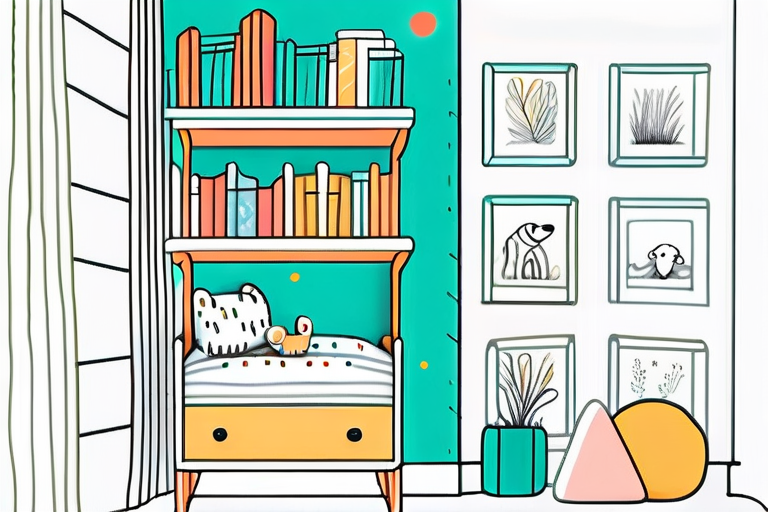
Choosing the Right Educational Toys
Selecting appropriate educational toys is one of the critical elements in fostering a baby’s development. Toys that encourage manipulation, interaction, and problem-solving can be particularly beneficial. The right toys not only entertain but also promote cognitive and physical growth, laying the groundwork for future learning.
- Soft blocks for stacking promote fine motor skills.
- Musical toys enhance auditory development.
- Interactive books stimulate visual and listening skills.
It’s essential to choose toys that are safe and age-appropriate, as babies often explore their surroundings by putting objects in their mouths. This exploration can be a vital part of their learning experience. Additionally, toys that can grow with the child, such as those with multiple uses or adjustable features, can provide extended learning opportunities, making them a wise investment for parents.
Incorporating Learning into Daily Activities
Daily routines can serve as excellent opportunities for learning. Simple activities like bath time, meal preparation, or even grocery shopping can be transformed into educational experiences. For instance, naming fruits and vegetables can boost vocabulary, while counting items can introduce basic math concepts. Engaging babies in these everyday tasks not only makes them feel included but also helps them understand the world around them in a practical context.
Engaging a baby with constant verbal interaction during these activities builds a foundation for language development. This intentionality in daily routines reinforces learning in a natural and enjoyable way. Furthermore, incorporating songs or rhymes related to the tasks at hand can enhance memory retention and make learning even more fun. As babies begin to recognize patterns and sounds, they develop a sense of rhythm and language that is crucial for their overall communication skills. By integrating learning seamlessly into daily life, parents can create a rich tapestry of experiences that support their baby’s growth and development.
Communication as a Key to Baby’s Education
Communication is central to a baby’s education, helping them understand the world around them. Engaging in regular dialogues with babies can significantly enhance their language skills and emotional intelligence.
The Importance of Talking to Your Baby
Talking to your baby is more than just a way to fill silence. It is an opportunity to expose them to language and sounds, which are critical for language acquisition. While it might seem like they are not understanding, babies absorb information at an astonishing rate.
Using varied tones and pitches while speaking, repeating words, and describing what you are doing can enhance their exposure to language. This practice can lead to advanced communication skills as they grow older. Furthermore, the rhythm and melody of your speech can captivate their attention, making them more likely to engage with you. Singing songs and nursery rhymes can also introduce them to new vocabulary and concepts in a fun and memorable way, laying the groundwork for literacy skills in the future.
Teaching Sign Language to Babies
Another effective way to communicate with babies is through sign language. Research indicates that teaching babies simple signs can help them express themselves even before they can speak. Baby sign language can reduce frustration and enhance bonding between the caregiver and the baby.
Start with easy signs like “more,” “milk,” or “all done.” These signs become tools for the baby to convey their needs, fostering a sense of independence and aiding in emotional development. Additionally, incorporating sign language into daily routines can create a rich learning environment. As you sign, pair it with the spoken word and visual cues, which can help reinforce the meaning behind the signs. This multisensory approach not only aids memory retention but also encourages the baby to experiment with their own communication, paving the way for a more confident expression of thoughts and feelings as they grow. The shared experience of learning signs together can also strengthen the emotional connection between the caregiver and the child, creating a foundation of trust and understanding that is essential for healthy development.
The Role of Music and Art in Baby’s Education
Music and art play a vital role in a baby’s educational journey, contributing significantly to their cognitive, emotional, and social development.
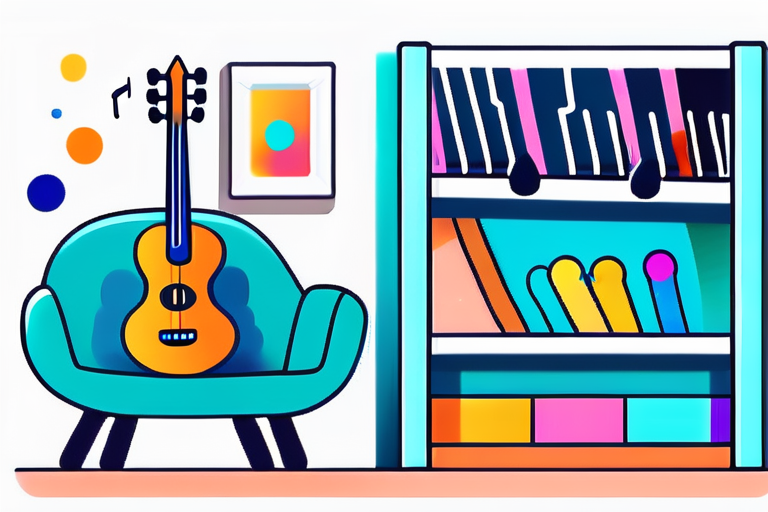
Benefits of Music for Babies
Introducing music to babies can have various benefits. Studies have shown that exposure to music aids in language development, enhances memory, and improves motor skills. Even simple lullabies can foster a sense of security and bonding.
Musical activities, such as clapping hands to the rhythm or shaking maracas, encourage coordination and auditory processing. Consider incorporating diverse genres to expose them to different sounds and rhythms. For instance, classical music can introduce babies to complex melodies, while folk songs can promote cultural awareness. Additionally, singing nursery rhymes helps babies learn new vocabulary in a fun and engaging way, making language acquisition a natural part of their daily routine.
Introducing Art to Babies
Art can also be an important aspect of education for babies. Simple art activities, like finger painting or drawing with non-toxic crayons, allow for creative expression and sensory exploration. These activities encourage fine motor skills and hand-eye coordination.
Moreover, the freedom of artistic expression can nurture cognitive development by allowing babies to experiment with colors and shapes, fostering their creativity and problem-solving skills. Engaging in art also provides an excellent opportunity for parents and caregivers to bond with their little ones. As they create together, they can discuss the colors they are using or the shapes they are making, which not only enhances vocabulary but also strengthens emotional connections. Furthermore, displaying their artwork at home can boost a child’s self-esteem and instill a sense of pride in their creative efforts, reinforcing the idea that their expressions are valued and appreciated.
Nurturing Social and Emotional Skills
Social and emotional development is just as crucial as cognitive development. Early interactions and socialization provide a foundation for healthy relationships later in life.
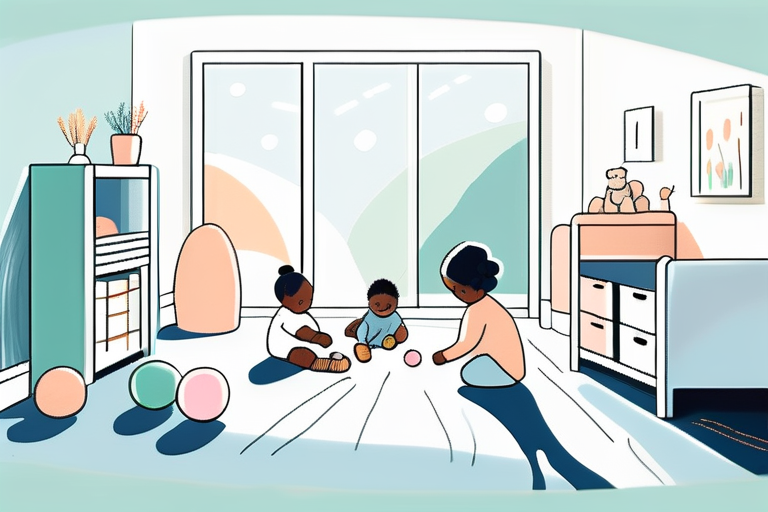
Encouraging Interaction with Other Babies
Providing opportunities for babies to interact with others can be beneficial for developing social skills. Playdates or group activities are excellent ways for babies to learn sharing, turn-taking, and empathy.
Through these interactions, babies learn to communicate with peers, express emotions, and develop friendships. This phase in development is significant for building strong social networks as they grow.
Teaching Empathy and Emotion Recognition
Teaching empathy starts at a very young age. By modeling empathetic behavior, such as showing compassion when your baby is upset or demonstrating care for others, you can instill a sense of empathy in them.
Recognizing different emotions through facial expressions or stories can enhance a baby’s emotional intelligence. As they grow, understanding and communicating feelings will lead to healthier relationships and social interactions.
In conclusion, educating a baby involves a multifaceted approach that includes sensory exploration, effective communication, artistic engagement, and social interaction. By creating nurturing environments and utilizing various educational techniques, caregivers can help babies lay a strong foundation for lifelong learning.



